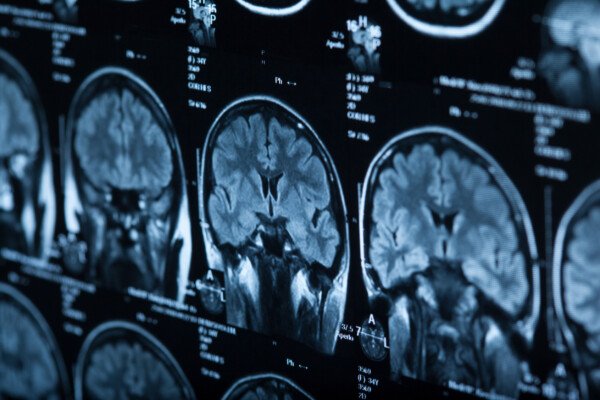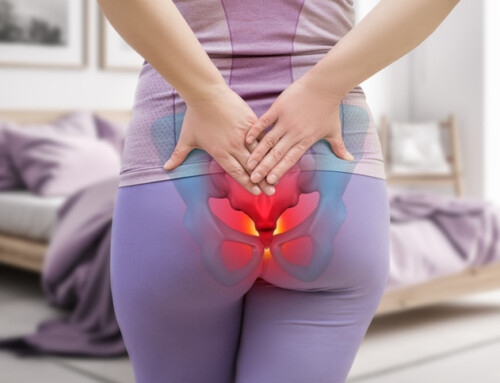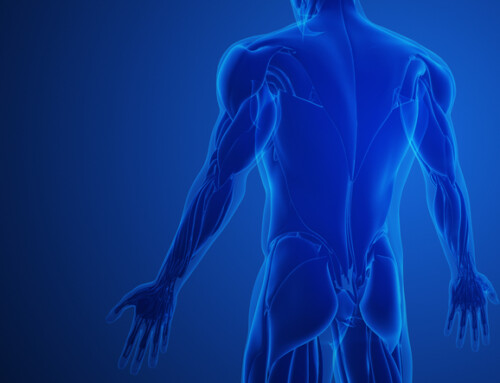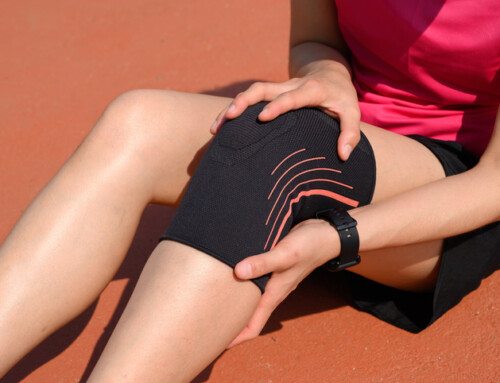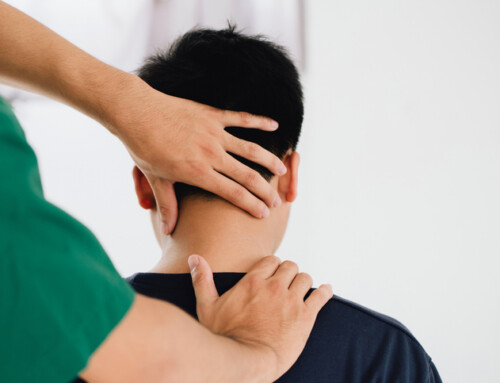A concussion is a type of mild traumatic brain injury (mTBI) that can be caused by direct impact, or whiplash injuries causing the brain to shift rapidly within the skull. Common symptoms include headaches, dizziness, vertigo, nausea, fatigue, sensitivity to light and noise, and cognitive disturbances. Individuals who have a prior history of concussions are more susceptible to additional concussions. Since children and adolescents are still developing they are at a higher risk of suffering concussions and may have a longer recovery period.
Traditional concussion treatment has typically involved physical and cognitive rest. However, this approach can lead to withdrawal from daily activities, physical deconditioning, and mental health issues. Emerging research indicates that early physical activity and exercise can be beneficial following a concussion. Studies show that it can lead to lower rates of post-concussive symptoms and promote recovery when engaging in physical activity soon after a concussion when symptom free.
Those with concussions exhibit a wide range of symptoms and require specific individualized intervention strategies. According to clinical practice guidelines, the recommended frequency, intensity, timing, and type of intervention should be based on the severity of the concussion, the patient’s symptom irritability, and their response to treatment.
Treatment for Post Concussion Syndrome
Rest is absolutely necessary immediately following a concussive incident in order to allow for the brain to recover, but too much rest may promote deconditioning and the development of PCS. Physical therapy can help to reduce the risk of developing PCS in some patients. To schedule a physical therapy appointment for post-concussion syndrome in Malta, Saratoga Springs, Delmar or Queensbury NY, please call (518) 289-5242.
References:
Art K, Ridenour C, Durbin S, Bauer M, Hassen-Miller A. The effectiveness of physical therapy interventions for athletes Post-Concussion: A Systematic Review. International Journal of Sports Physical Therapy. 2023;18(1). doi:10.26603/001c.68071

